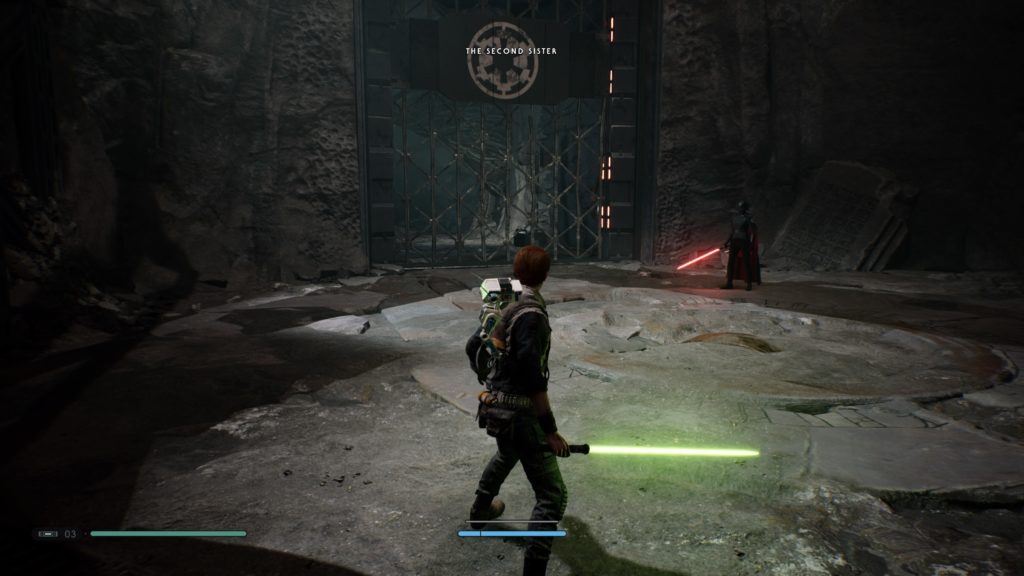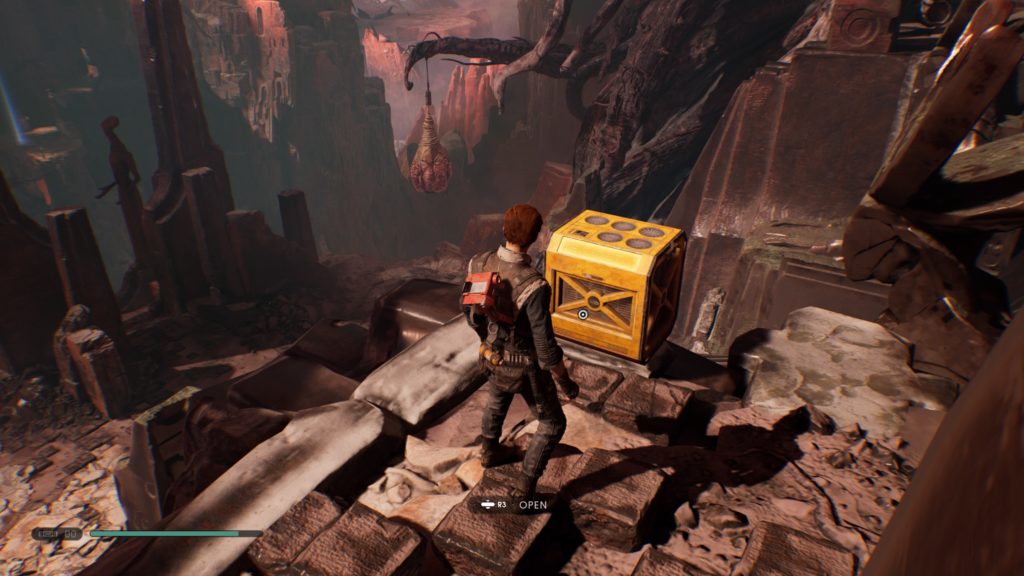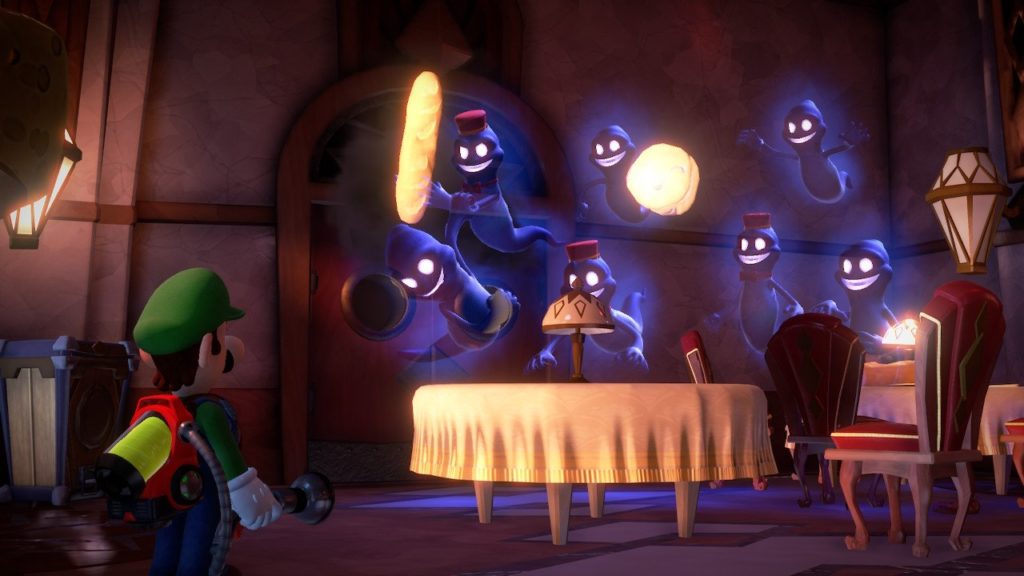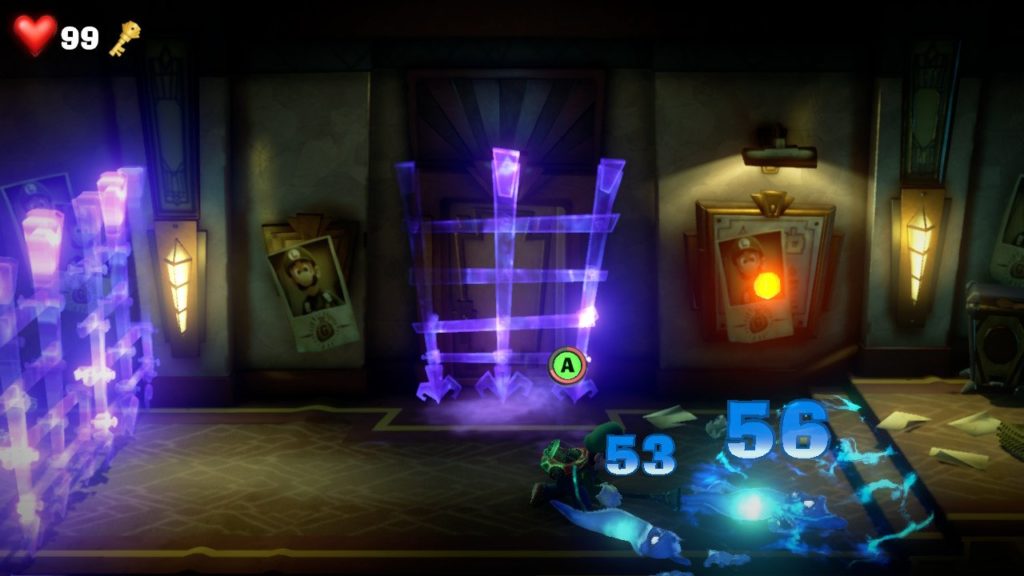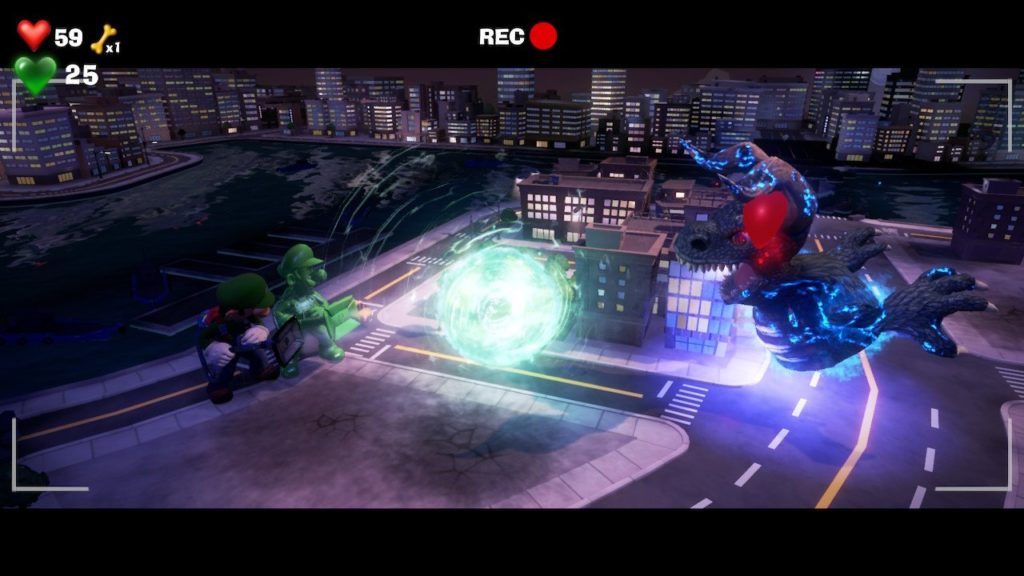- Genre: Metroidvania
- Platform: PS4
- Also Available On: Vita, Windows, macOS, Linux, Switch
It’s no surprise that I like Metroidvanias, so hopping at another indie take on the genre is never something I’m going to argue. A lot of the time it can feel like they’re trying to out difficulty each other instead of just having compelling gameplay. Luckily, Iconoclasts definitely falls into the latter category. It combines some solid gunplay with interesting puzzle mechanics to really be a standout entry in the genre.
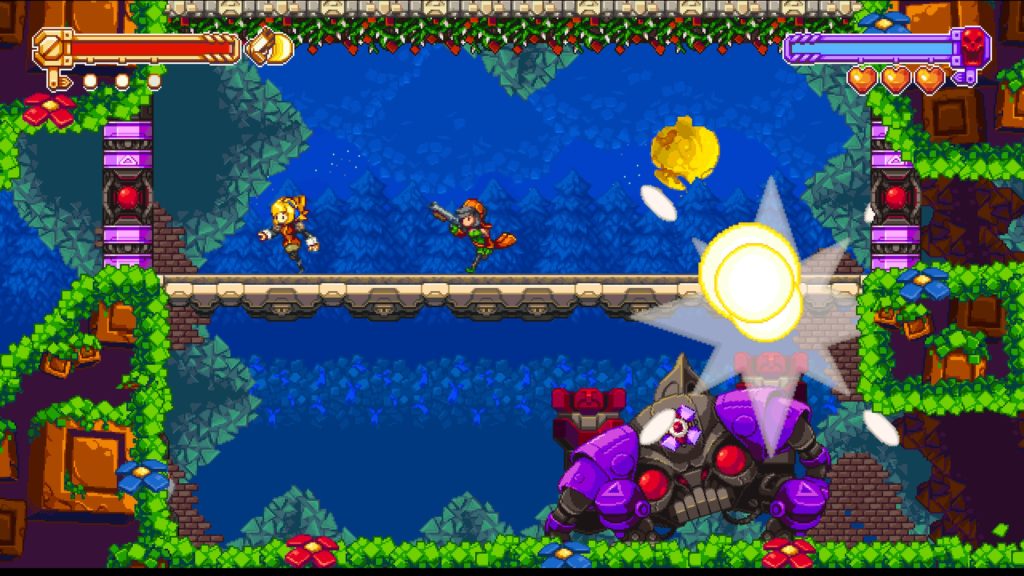
The big thing to notice was really how variety was pulled into this game, in a way that isn’t necessarily typical of the genre. It has a few things that are your typical “door opener” type of upgrade, but the more often than not, upgrades were used to solve full room puzzles that ended with the room being permanently traversable in a fast way, rather than being something that has to be run through every time. It was a nice difference to the norm where retraversal for new upgrades or new paths was generally going to be done as quick as possible to minimize wasted time.
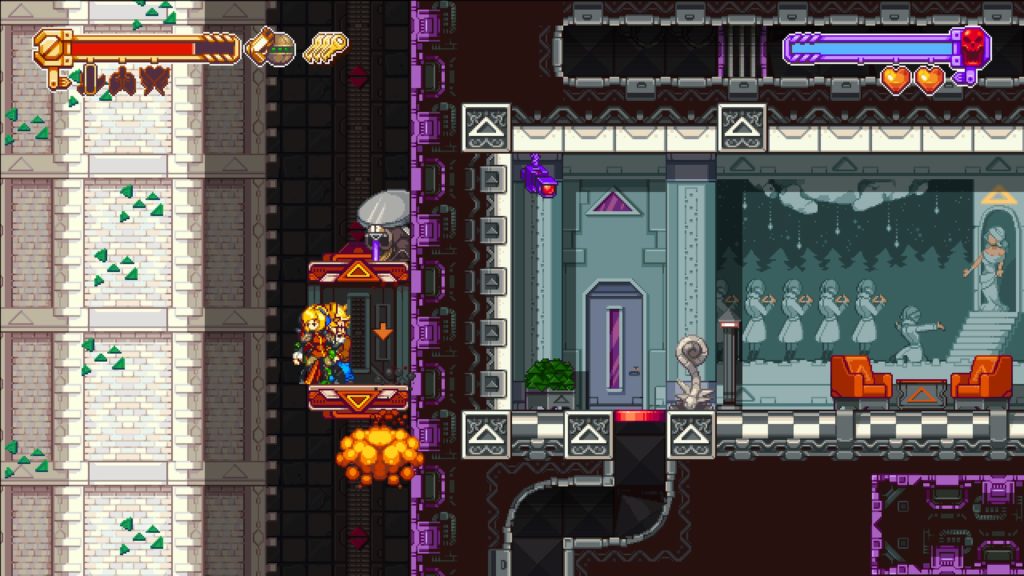
A lot of this is built into the player’s weapon set – a giant wrench for melee, and a set of a pistol, grenade launcher, and beam pistol for ranged. Some examples of upgrades include an electric charge that is used to raise and lower platforms, the wrench’s built in ability to turn bolts to open doors, or a spin maneuver used to quickly crank gears. The electric charge is also built into the grenade weapon – any launched grenades while charged gain an electric charge – and some blocks that can hold a charge. This wide range of abilities are all built into the puzzle sets, where some puzzles require multiple combinations of the skill range to complete.
In practice, it works extremely well. Puzzle rooms are pretty well segregated from combat, allowing the player the time to think and plan for how to complete the room. The puzzles are also more often than not focused around a new power, giving the player a good chance to reenforce the use of any new skill.
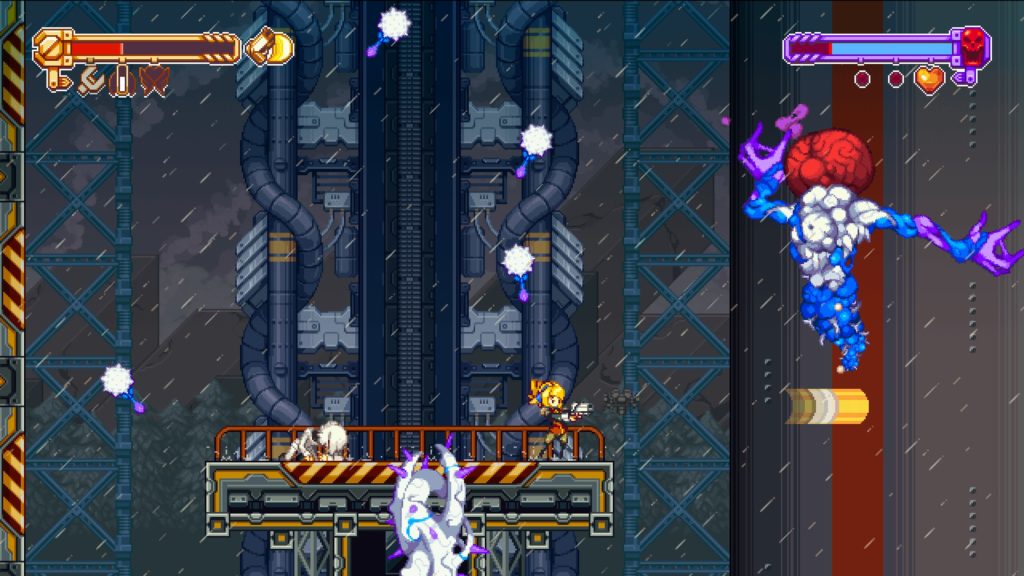
These abilities also extend into combat. Each of the ranged weapons have a secondary charge mode – for example, the pistol charges into a shotgun blast, the grenade into a missile – that are used as ways to take out enemies in unique ways. This is particularly important in boss fights, where they will generally be specifically weak to either a specific mode of a weapon, or a specific area in the combat arena. Because of this setup, the bosses are more often than not a puzzle in itself, alongside needing to it out.
This is probably the point where the game really earned its fun for me. The game is challenging but fair, instead of being difficult for the sake of difficulty. I definitely died a few times, but it was either because I was being careless, or because I was learning new mechanics. Bosses will hit you if you aren’t careful, but you’re not going to die in a couple hits. You’ll die to trash if you’re not avoiding damage, but you’ll be fine if you’re paying attention. More often than not, the bosses also have adds that spawn health. It feels like the developers want you to win, and give you ways to do so, as long as you’re generally moving forward and learning as you go. That difference there has often been a rare thing to find in the independent scene in the past few years.
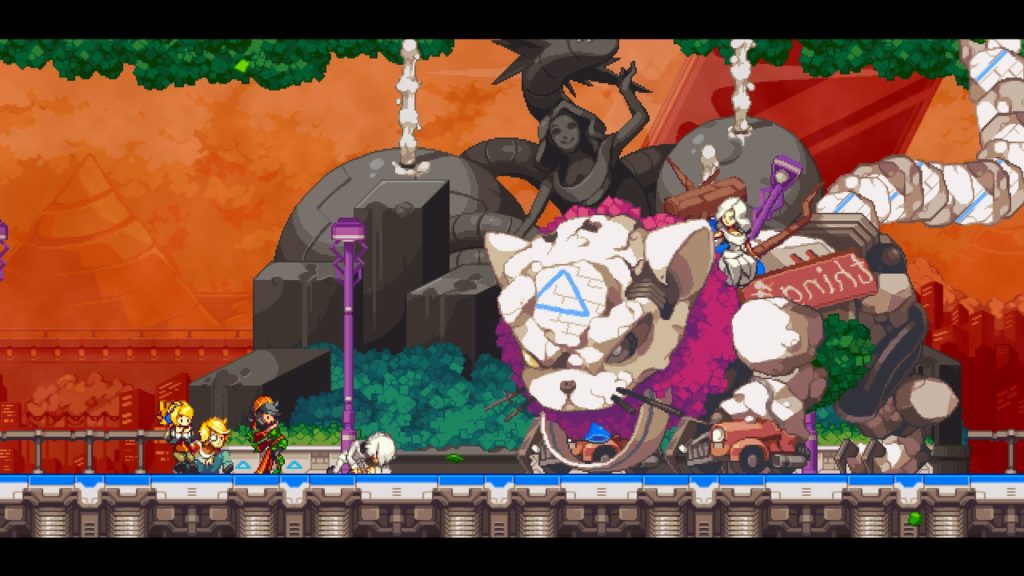
Add this one to the list of Metroidvanias that I’ve been playing over the last few years, and more importantly, put this one up at the top. It was able to combine really solid combat, really solid puzzles, and gorgeous visuals into a package that punches above its weight. This one avoided the indie trap of being exceedingly difficult, and instead crafted a great experience that was challenging but fair. This game took a long time to come out, but the effort definitely shows, and I’m hopeful that whatever comes next out of the team’s brains can be similarly positive in whatever genre they pick.

